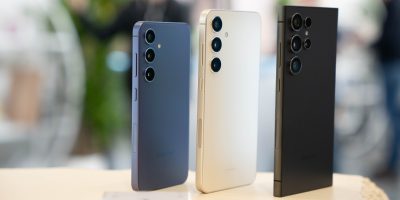Google’s Pixel phones are still quite new to the market, but the company has managed to make a name for itself by delivering incredible image quality despite using outdated, low-resolution imaging sensors.
While other companies have focused on increasing megapixel count ad sensor sizes in their flagship smartphones, the Pixel’s camera team has essentially used the same 12MP sensor in its smartphones since the Pixel 2. This year, they did add a second sensor that’s paired with a 2x zoom lens. The main benefit of the second sensor on the back of the Pixel 4 is being also be capture close up images of objects that are far away, but it’s also helped the Pixel 4 deliver eve more impressive Portrait Mode images than it has in the past.

In a blog post, Google has pulled back the curtain, revealing how the data from the second sensor enhanced the depth calculations it was previously able to capture with a single dual-pixel sensor. Combining the two gives the Pixel 4 the ability to calculate depth based on pixel mapping variations vertically and horizontally. Once the data is processed using Google’s Tensorflow in a convolutional neural network, the phone is able to more accurately distinguish foreground and background elements.

The Pixel camera team could have stopped there, but they decided that they also needed to enhance the bokeh effect for the blurred background. Previously, the blur effect was added after tone mapping was added from the original RAW image captured by the sensor. With the Pixel 4, the flipped the formula, adding the blur effect directly over the RAW image, before tone mapping is applied. The resulting images are more saturated while giving the bokeh disks higher contrast.

Having used the Pixel 4 as my main device since launch, I can say that I truly appreciate the work that Google has put into the phone’s camera. The images it captures are second to none. That being said, I’m really hoping Google opts for a better imaging sensor and throws in an ultra-wide camera with next year’s Pixel 5. If the Pixel 4 can stand out with mediocre camera hardware, just imagine what the Pixel 5 could do with new and improved sensors.
Source: Google Blog










Comments